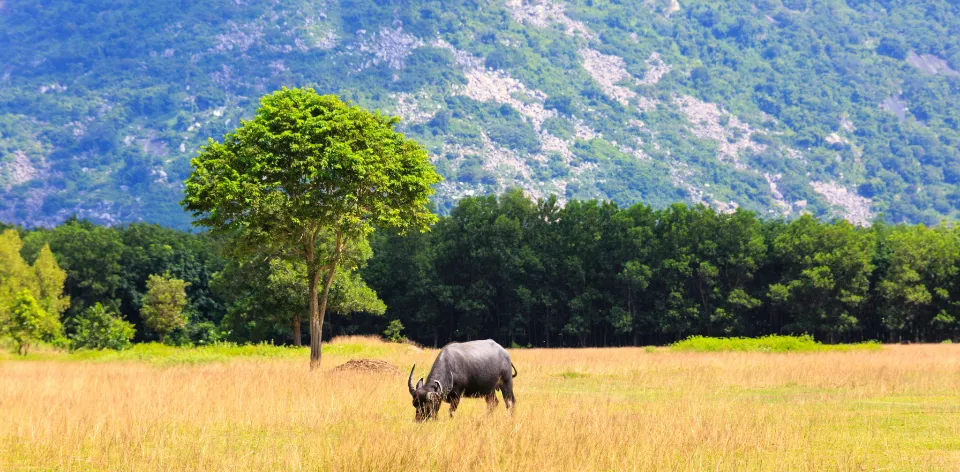 8/8/2024
8/8/2024
Colombia has 42,944,940 hectares within the continental and insular Agricultural Frontier, according to the latest update

Bogotá D. C. (@UPRAColombia, @claudialili76). The Unit of Rural Agricultural Planning (UPRA) has updated the national agricultural frontier, defining 42,944,940 hectares as the land where decisions can be made about what and where to cultivate in order to access incentives, projects, and programs from the national government.
Updating the agricultural frontier of the continental and insular territory involved several actions, including:
- Creating a new representation of the agricultural frontier.
- Adjusting the categories of the conditioned agricultural frontier.
- Renaming the previously called 'exclusions' to 'restrictions.'
- Differentiating the restriction previously known as 'natural forests and non-agricultural areas' into two categories: 1) Zero deforestation agreement and 2) Technical restrictions: non-agricultural areas.
- Including new protected areas: the declaration of National Natural Parks; Serranía de Manacacías, and the expansion of the Sierra Nevada de Santa Marta National Natural Park.
The update of the continental and insular agricultural frontier includes changes in its chromatic representation and differentiation of categories, such as the conditioned area with 22,803,490 hectares, compared to 20,141,450 hectares of the non-conditioned area.
Additional data from the agricultural frontier update reveal that the conditioned areas for agricultural activities include 10,857,799 hectares for the environmental component, 6,258,923 hectares for the ethno-cultural component, and 20,141,450 hectares in the non-conditioned frontier.
Definition and Objectives of the Agricultural Frontier
The national agricultural frontier is the limit of rural land where agricultural, livestock, aquaculture, fishing, and forestry activities are allowed and promoted. It also identifies areas where such activities are restricted due to legal, political, or technical considerations, according to Resolution 261 of 2018, issued by the Ministry of Agriculture and Rural Development. The objectives of defining the agricultural frontier are:
- To contribute to the formulation and focus of public policy management in the agricultural, fishing, and rural development sectors.
- To promote the efficient use of rural agricultural land, productive and social land-use planning, and to strengthen the productivity and competitiveness of agricultural activities.
- To help stabilize and reduce the loss of environmentally important ecosystems.
The update of the agricultural frontier considered the following key elements:
- Reaffirming the Sectorial Zero Deforestation Agreement and confirming the country's commitments.
- Analyzing the conditioned agricultural frontier in detail concerning environmental, ethno-cultural, and risk management typologies.
- Prioritizing the territories of the Insular Caribbean, Pacific Coast, and Colombian Amazon.
- Including the analysis of the coastal marine and amphibious areas in the frontier update process.
- Conducting a comprehensive analysis of environmental determinants and information from entities and sectors.
- Developing collaborative workspaces with environmental authorities, entities, economic sectors, research institutes, and other strategic actors.
- Complying with section 1.1.10 of the Peace Agreement, which adopts the Environmental Zoning Plan.
Interested parties can consult the new delimitation of the national agricultural frontier at www.sipra.gov.co, as well as the cartographic information detailing the typologies in the conditioned agricultural frontier and restrictions for agricultural activities.

